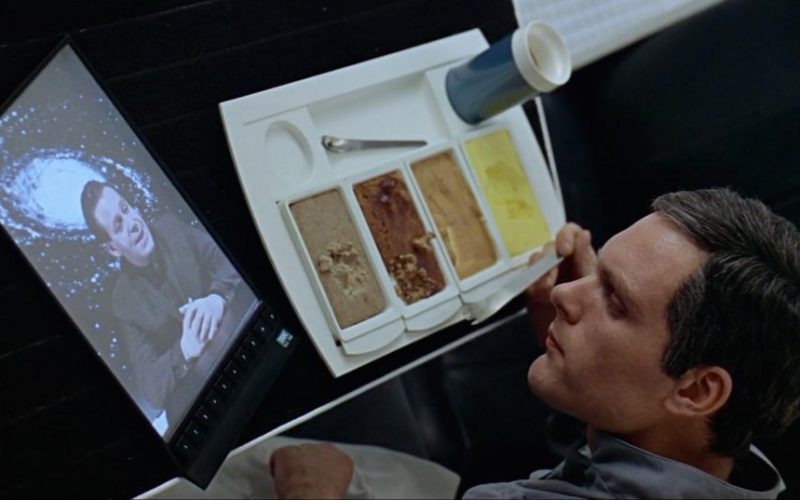Welcome, tech enthusiasts and movie buffs! I’m Dr. Amelia Lee, a historian of technology with a particular fascination for how science fiction sparks real-world innovation. Today, we embark on a captivating journey – tracing the evolution of the tablet from a visionary prop in a sci-fi film to the ubiquitous device it is today.
A Space Odyssey Births a Tablet Vision (1968):
Fasten your seatbelts and set your course for the year 1968. Stanley Kubrick’s groundbreaking film “2001: A Space Odyssey” premiered, transporting audiences to a future filled with revolutionary technology. Among the most striking visuals were scenes depicting astronauts using sleek, flat devices that eerily resembled the tablets we carry around today. These fictional devices weren’t simply props for show; they hinted at a future where information access and communication would be radically transformed by portable, flat computers.
From Fiction to Inspiration (1968-2000):
While “2001: A Space Odyssey” planted the seed of the tablet concept in the public consciousness, the technology to realize this vision wasn’t quite there yet. The decades following the film’s release saw a slow simmer of ideas and early prototypes. Companies like Microsoft explored the concept with their “Dynabook” project, envisioned by computer pioneer Alan Kay in the 1970s. The Dynabook aimed to be a portable, knowledge-rich computer that could be used for reading, writing, and learning. However, limitations in processing power, battery life, and display technology kept these early efforts from achieving widespread adoption.
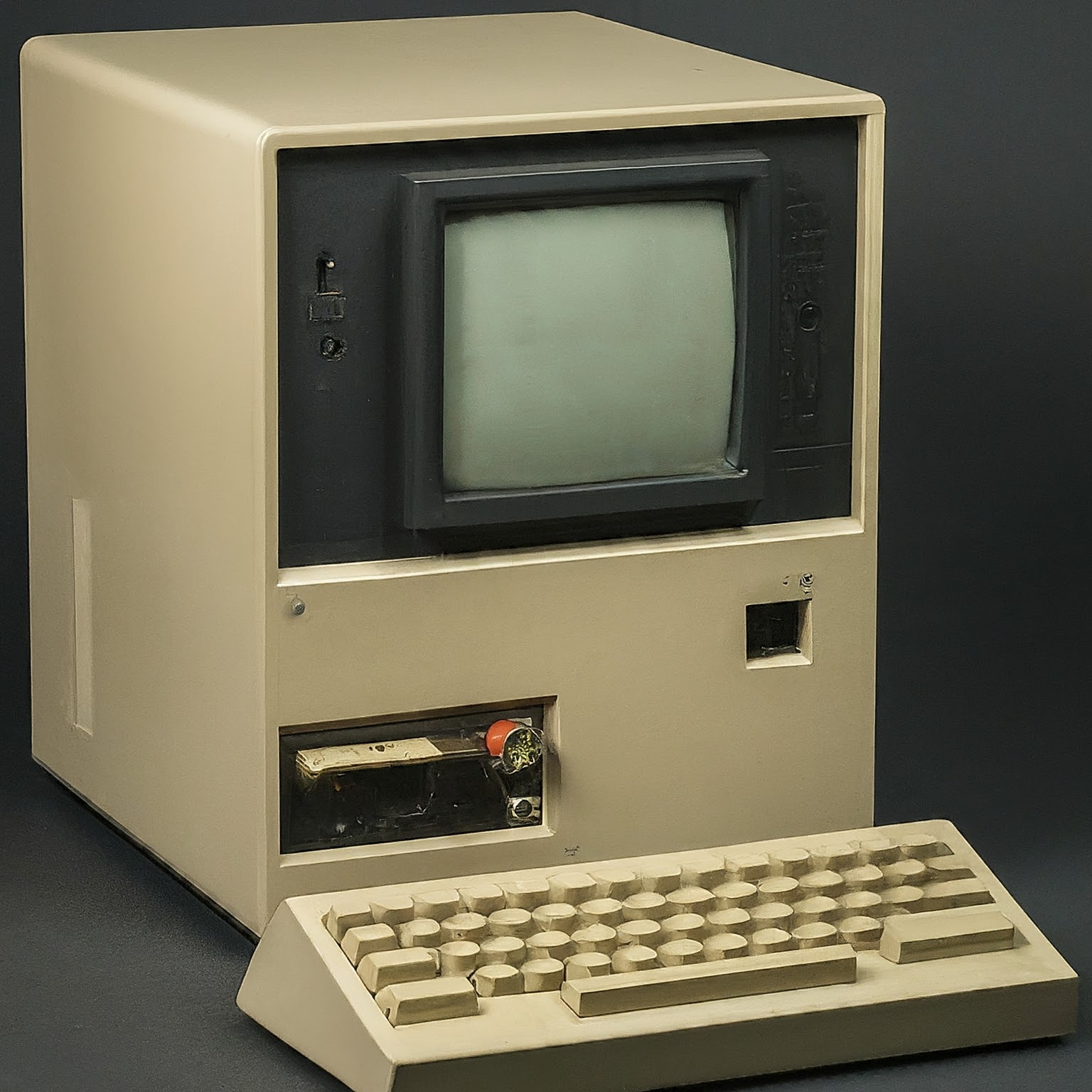
The Dawn of the Modern Tablet (2000-2010):
The turn of the millennium ushered in a new era for portable technology. The rise of e-readers like the Kindle, launched in 2007, demonstrated a growing consumer appetite for lightweight devices dedicated to reading. Additionally, the increasing popularity of internet-connected handheld devices like PDAs (Personal Digital Assistants) paved the way for user acceptance of portable devices for web browsing and basic productivity tasks.
These developments set the stage for the arrival of the modern tablet. Notably, companies like HP with their HP Slate 500 and Microsoft with their Courier tablet made attempts to capture the market, but their bulky designs and less intuitive software interfaces limited their success.
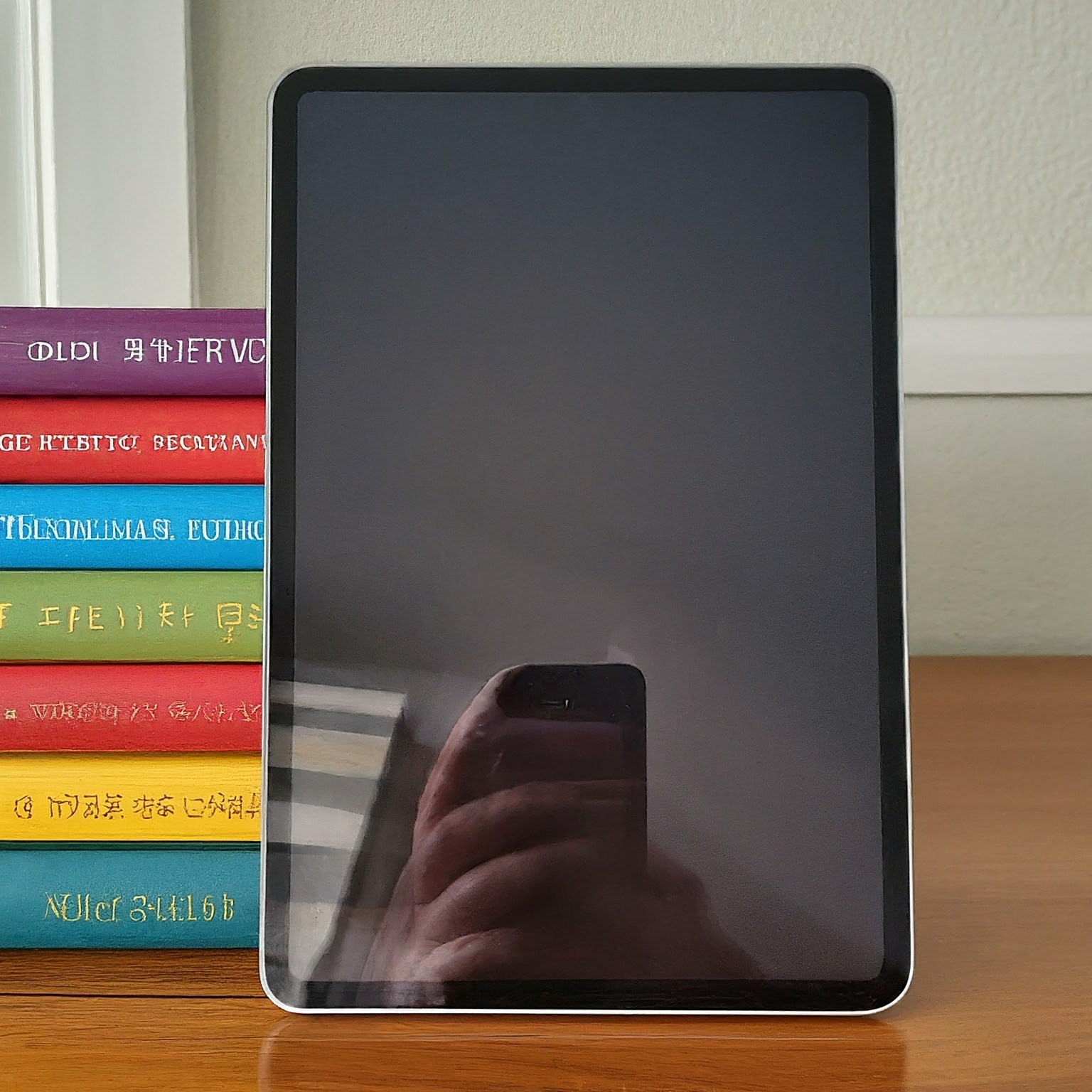
Apple vs. Samsung: A Sci-Fi Influence? (2010-2014):
The year 2010 marked a turning point in the history of the tablet. Apple unveiled the iPad, a sleek, user-friendly device with a vibrant touchscreen display and a robust app ecosystem. The iPad’s intuitive interface and focus on multimedia consumption and entertainment applications propelled it to instant popularity.
Interestingly, the influence of “2001: A Space Odyssey” continued to resonate even in the courtroom. During a patent war between Apple and Samsung, Samsung used scenes from the film featuring the tablet-like devices as evidence that the tablet design wasn’t entirely novel and originated in science fiction. While the judge ultimately ruled in Apple’s favor, the case highlighted the enduring influence of the film’s vision on the development of real-world technology.
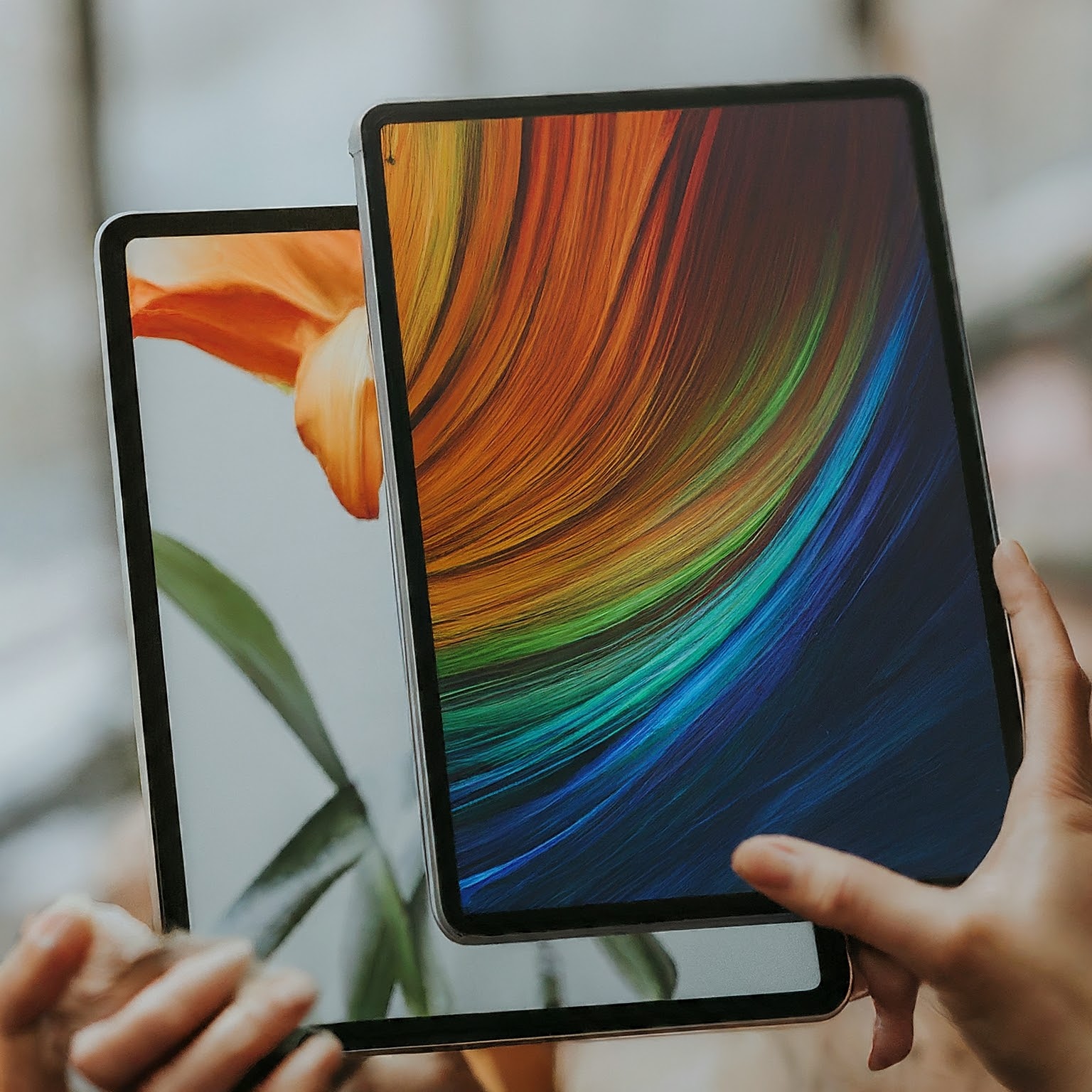
Tablets Today: A Diverse Landscape (2010-Present):
Since the iPad’s revolutionary arrival, the tablet market has become a diverse landscape with a multitude of options catering to various needs and budgets. From budget-friendly options like the Amazon Fire tablet to high-performance devices like the Microsoft Surface Pro, there’s a tablet for everyone.
Today’s tablets offer a wide range of features, including high-resolution displays, powerful processors, long-lasting batteries, and versatile operating systems like Android, iOS, Windows, and Chrome OS. Users can leverage tablets for a variety of tasks, including browsing the web, checking email, reading ebooks, playing games, streaming movies and music, creating presentations, and even using them as productivity tools for artists and designers. This versatility has solidified the tablet’s place as a valuable personal and professional computing device.
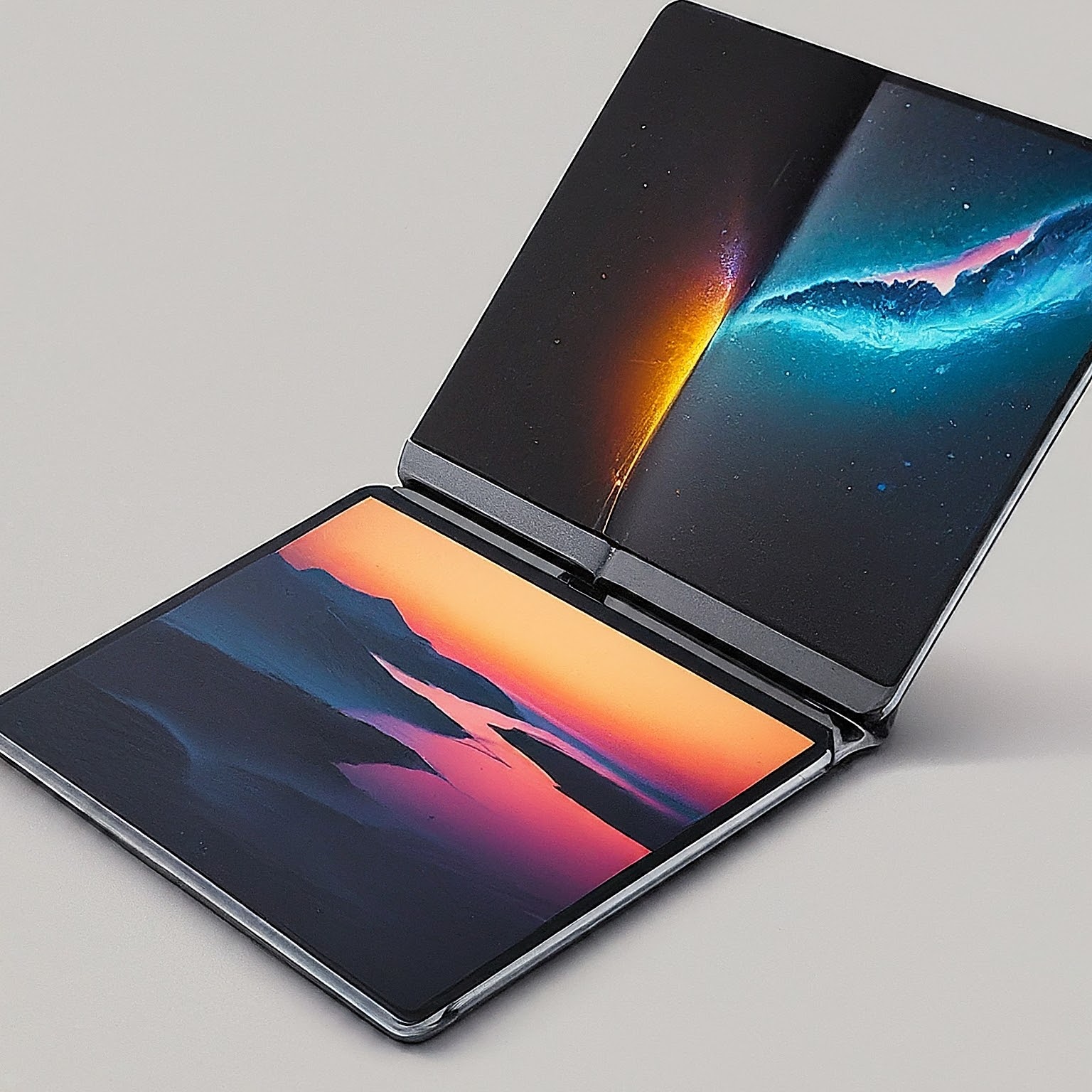
The Future of Tablets: Beyond Browsing (2024-Onwards):
The story of the tablet is far from over. As technology continues to evolve, we can expect to see even more exciting advancements in this realm. Here are a few potential future directions for tablets:
- Foldable Displays: Imagine a tablet that folds like a .book, offering a larger screen real estate when unfolded and increased portability when folded. Prototypes for foldable tablets already exist, and advancements in display technology could make this a mainstream feature in the coming years.
-
Augmented Reality Integration: Augmented reality (AR) has the potential to revolutionize how we interact with tablets. Imagine using your tablet to overlay virtual objects onto the real world, creating an interactive learning experience, enhancing design and engineering workflows, or even providing a unique way to shop for furniture or visualize home décor options.
-
Enhanced Pen Input: Tablets are already popular tools for artists and note-takers, but advancements in pen technology could further blur the lines between physical and digital note-taking. Imagine pens with pressure sensitivity that mimic the feel of writing on paper or pens that can seamlessly transcribe your handwritten notes into digital text.
-
Improved Battery Life: One of the drawbacks of many tablets is battery life. However, advancements in battery technology could see tablets offering extended use on a single charge, making them even more reliable companions for work, travel, and entertainment.
-
Focus on Niche Markets: The tablet market may also see increased specialization, with devices designed for specific purposes. For example, we might see ruggedized tablets built for construction or field work, educational tablets tailored for classroom learning, or healthcare-focused tablets optimized for patient care and medical record management.
Conclusion
The journey of the tablet from a visionary prop in “2001: A Space Odyssey” to the versatile devices we hold today is a testament to the power of imagination and its influence on technological innovation. Science fiction has a long history of inspiring inventors and engineers to push the boundaries of what’s possible. The tablet’s story exemplifies this beautifully.
As we look towards the future, it’s exciting to consider what incredible advancements await in the realm of tablets. Perhaps the foldable displays, AR integration, and enhanced pen input discussed earlier will become commonplace. One thing is certain: the tablet’s story is far from over, and it will continue to evolve alongside our ever-changing needs and technological capabilities.
Call to Action:
What sci-fi technologies are you most excited to see become reality? Perhaps you envision flying cars, implantable communication devices, or even interplanetary travel. Share your thoughts in the comments below, and let’s continue the conversation about the magic of imagination meeting innovation!
Informative Table: The Tablet’s Evolution
| Year | Event | Significance |
|---|---|---|
| 1968 | “2001: A Space Odyssey” features tablet-like devices | Introduces the concept of a portable, flat computer for information access. |
| 1980s – 1990s | Early prototypes by companies like Microsoft and HP | Paves the way for future development, with limited success due to bulky designs and software limitations. |
| 2000s | Rise of e-readers and internet-connected handheld devices | Sets the stage for user acceptance of portable reading and web browsing devices. |
| 2010 | Apple releases the iPad | Revolutionizes the tablet market with a sleek design, user-friendly interface, and app ecosystem. |
| 2010 – Present | Diversification of the tablet market | Various brands offer tablets with different features, screen sizes, and operating systems catering to diverse needs. |
Comparative Table: Early “2001: A Space Odyssey” Tablet vs. Modern Tablet
| Feature | “2001: A Space Odyssey” Tablet | Modern Tablet |
|---|---|---|
| Form Factor | Sleek, flat black device | Wide range of sizes, designs, and materials (metal, plastic) |
| Display | Unknown technology, likely monochrome | High-resolution color touchscreen displays |
| Functionality | Unclear, possibly communication and information access | Browsing the web, reading ebooks, gaming, productivity apps, multimedia consumption |
| Operating System | Proprietary system within the movie’s universe | Android, iOS, Windows, Chrome OS |






